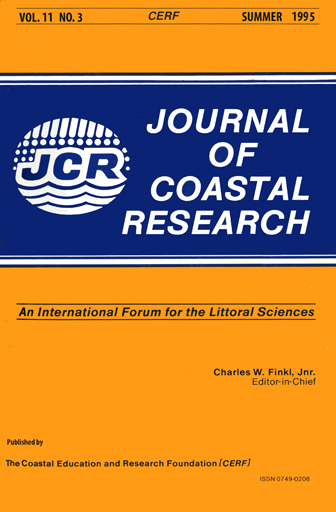A First-Order Nutrient Budget for the Tropical Moresby Estuary and Catchment, North Queensland, Australia
Keywords:
Nitrogen budget, phosphorus budget, Great Barrier Reef, fertilizer, catchment.Abstract
Dry and wet season phosphorus and nitrogen budgets for the Moresby Estuary and catchment are constructed to interpret cause-effect relationships between catchment land use and nutrient loads in the coastal waterways of the Great Barrier Reef region. Samples were collected during seasonal extremes to reflect as wide a range of conditions as possible. Smaller scale processes cannot be resolved at this level of nutrient balance due to large budget uncertainties. However, the nutrient budget does give an insight into catchment scale processes. Fertilizer application on cane land in the catchment is the dominant source of phosphorus (about 3,566 ± 735 x 103moles) and nitrogen (about 79,330 ± 11,338 x 103moles), contributing 88 times more phosphorus and nitrogen to the catchment than is supplied by other sources (e.g., septic tanks, atmospheric fallout, natural runoff and natural springs). However, only about 4 ± 2% of the phosphorus and about 11 ± 7% of the nitrogen added to the catchment is transferred to the estuary. About 82% of the phosphorus and about 90% of the nitrogen flux from the catchment occurs during the wet season. Once in the estuary, only small amounts of phosphorus and nitrogen are retained with most of the phosphorus being transferred to the ocean and it is suggested that most of the nitrogen may be used biologically. The fact that the Moresby Estuary is not a strong sink for nutrients (i.e., it is not becoming eutrophic with time) suggests that current levels of agricultural activity in the catchment can be maintained without adverse effects on ecological components of the estuary and catchment.


